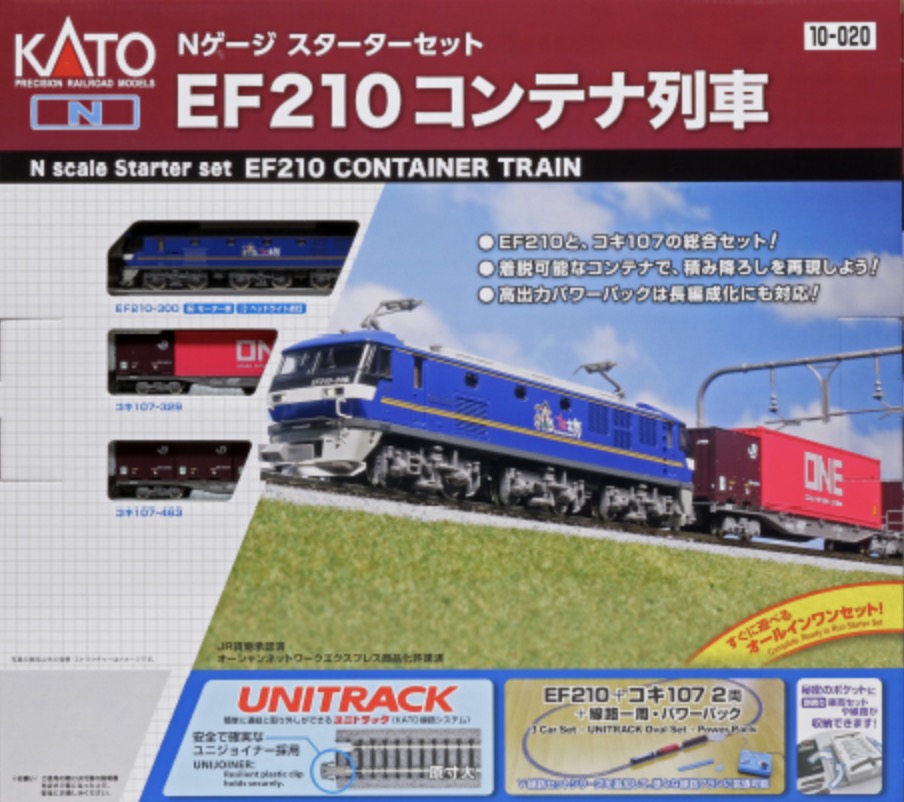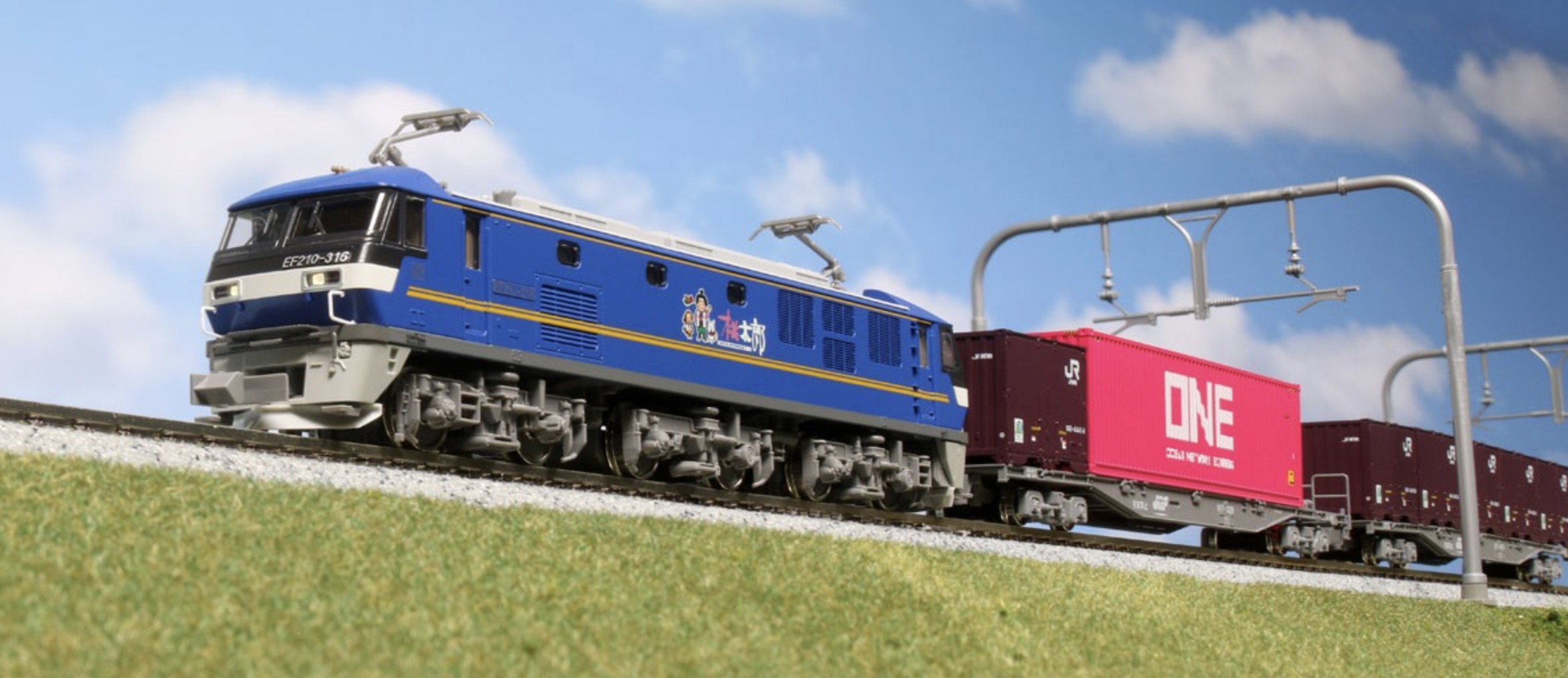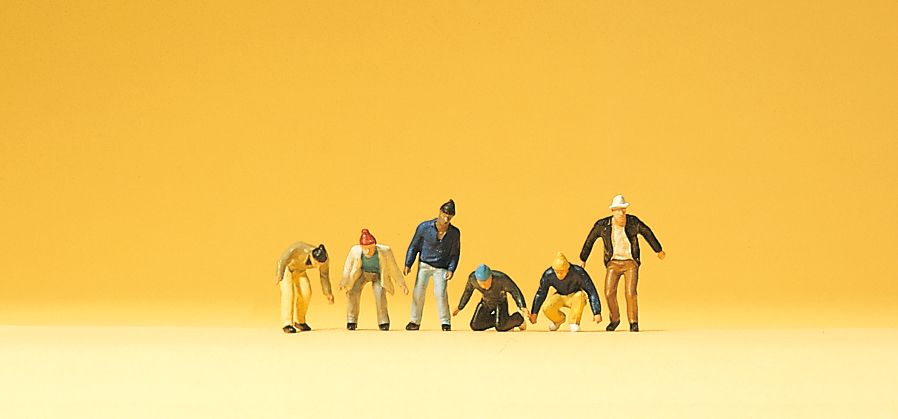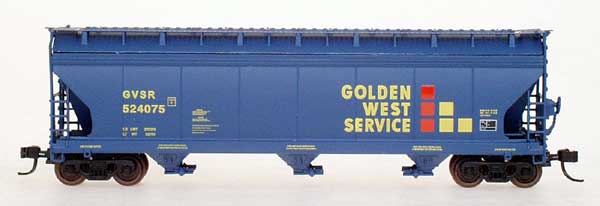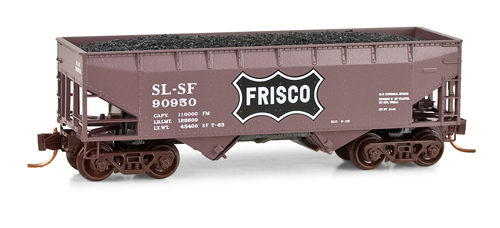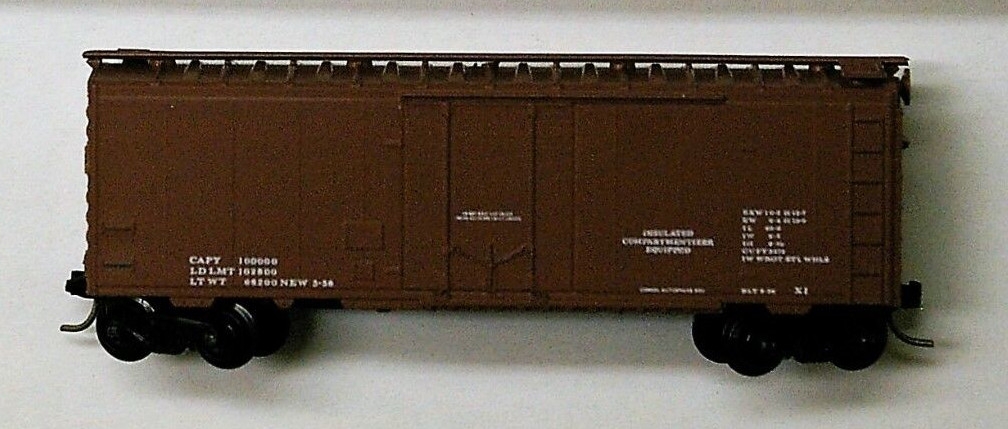Specific Item Information: A starter set of container freight train will appear from Kato, loaded with 40’ sea freight containers and pulled by electric locomotive EF210 300, a main strength freight train locomotive which is deployed on Tokaido and Sanyo mainlines among others. The locomotive is featured by the yellow stripe and the folklore hero “Cherry Boy” character. The 40 foot high cube container of “ONE” (Ocean Network Express) is distinctive with the bright magenta color which will make a strong accent when combined into a container train.
Model Information: Kato train sets typically include track and an analog power supply as well as at least one locomotive and some rolling stock.
Road Name History: Japan Freight Railway Company (日本貨物鉄道株式会社 Nihon Kamotsu Tetsudō Kabushiki-gaisha), or JR Freight (JR貨物 Jeiāru Kamotsu), is one of the constituent companies of Japan Railways Group (JR Group). It provides transportation of cargo nationwide. Its headquarters are in Shibuya, Tokyo near Shinjuku Station.
The Japan Railways Group was founded on April 1, 1987, when Japanese National Railways (JNR) was privatized, and then divided into six regional companies and Japan Freight Railway Company. Although the passenger operation of JNR was split into six companies, fares and regulations are standard for all companies and every region of Japan except Okinawa is covered by the railway network spanning approximately 19,800 kilometres (12,300 mi).
Formerly part of JNR, the freight operation was not divided and became a single separate company when JNR was privatized and split. Although it has only about fifty kilometers of track of its own, it also operates on track owned by the JR passenger railways and other companies. The company uses the initials JRF as an abbreviated name for identification.
From Wikipedia
The Japan Railways Group was founded on April 1, 1987, when Japanese National Railways (JNR) was privatized, and then divided into six regional companies and Japan Freight Railway Company. Although the passenger operation of JNR was split into six companies, fares and regulations are standard for all companies and every region of Japan except Okinawa is covered by the railway network spanning approximately 19,800 kilometres (12,300 mi).
Formerly part of JNR, the freight operation was not divided and became a single separate company when JNR was privatized and split. Although it has only about fifty kilometers of track of its own, it also operates on track owned by the JR passenger railways and other companies. The company uses the initials JRF as an abbreviated name for identification.
From Wikipedia
Brand/Importer Information: Kato Precision Railroad Models (関水金属株式会社 Sekisui Kinzoku Kabushikigaisha) is a Japanese manufacturer of model railroad equipment in N and HO scales. The Tokyo-based company manufactures models based on Japanese prototypes (such as the Shinkansen bullet train) for the Japanese market, North American prototypes for the North American market and European high-speed trains for European market.
The Kato (pronounced kah-toe) model railroad companies were founded by Yuji Kato, father of current president Hiroshi Kato, of the parent company Sekisui Kinzoku Co., Ltd.
The design and distribution of models for the North American market are handled by their U.S. subsidiary, Kato USA, located in Schaumburg, Illinois.
The design of special models for the European market is handled for some of them by their partner, Lemke, whereas the general distribution of Kato products in Europe is handled by NOCH; both companies are located in Germany.
As a result, some Kato European models are sold as Kato Lemke and others as Kato (alone).
The Kato (pronounced kah-toe) model railroad companies were founded by Yuji Kato, father of current president Hiroshi Kato, of the parent company Sekisui Kinzoku Co., Ltd.
The design and distribution of models for the North American market are handled by their U.S. subsidiary, Kato USA, located in Schaumburg, Illinois.
The design of special models for the European market is handled for some of them by their partner, Lemke, whereas the general distribution of Kato products in Europe is handled by NOCH; both companies are located in Germany.
As a result, some Kato European models are sold as Kato Lemke and others as Kato (alone).
Item created by: CNW400 on 2024-04-09 15:30:14
Last edited by: CNW400 on 2024-04-09 15:30:15
If you see errors or missing data in this entry, please feel free to log in and edit it. Anyone with a Gmail account can log in instantly.
Last edited by: CNW400 on 2024-04-09 15:30:15
If you see errors or missing data in this entry, please feel free to log in and edit it. Anyone with a Gmail account can log in instantly.


